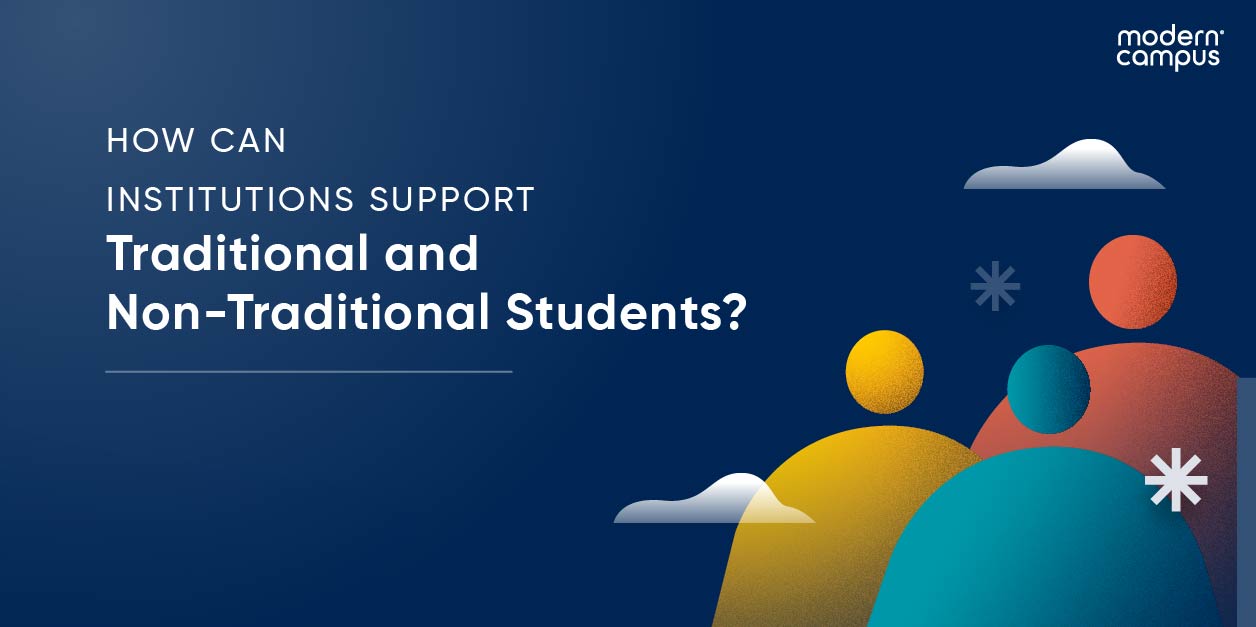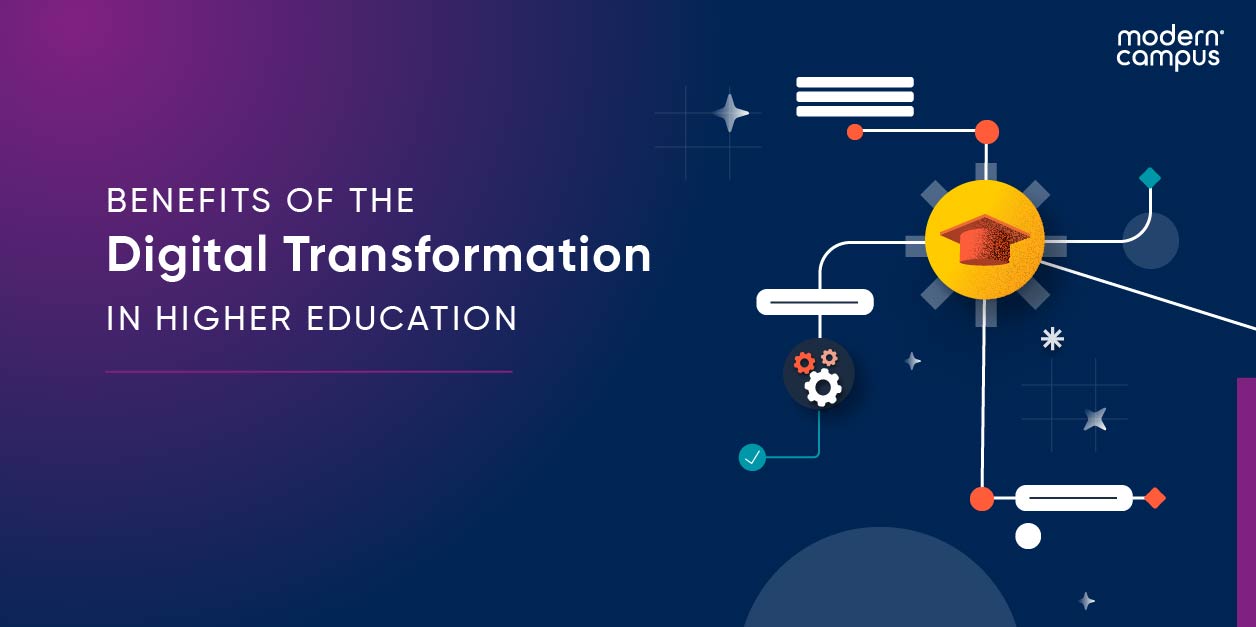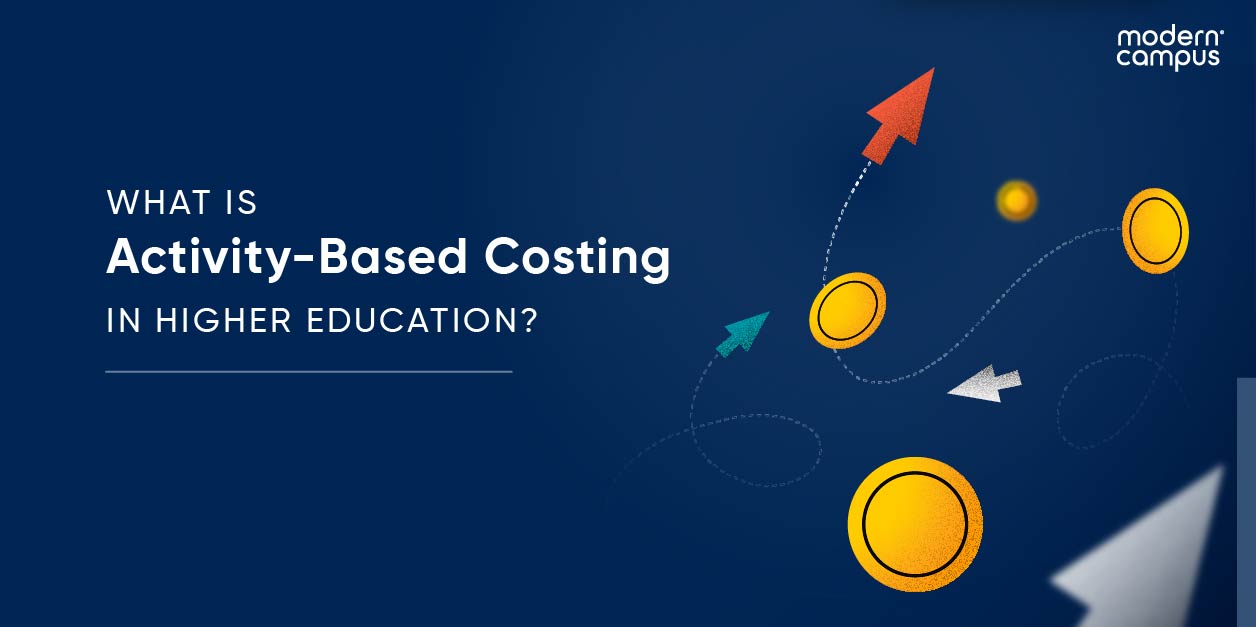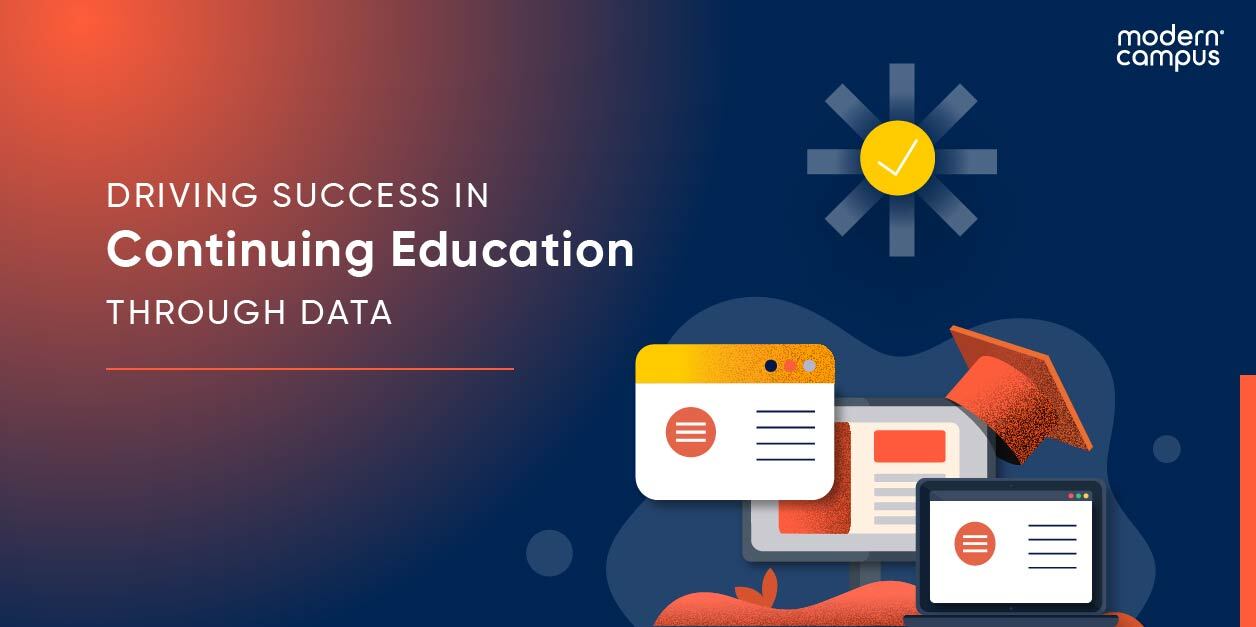Traditional Vs. Non-Traditional Students in Higher Education
Colleges and university classrooms are becoming increasingly divise as learners from a wider variety of backgrounds and circumstances seek to benefit from earning a degree or credential.
Institutions that fail to understand the scope of their students’ challenges and evolve to accommodate emerging needs will not only do their learners a deserve, but their enrollment and retention rates will suffer.
One essential way to better understand learners is to consider traditional students versus non-traditional ones. This blog post will cover the key differences, unpack how the categories are becoming less distinct, and suggest vital strategies for supporting all learners.
What is a traditional undergraduate student?
A traditional undergraduate student is typically defined as someone between the ages of 18 and 24 who first enrolled in their college or university immediately after graduating high school or after a planned “gap year”.
According to the National Center for Data Statistics, most learners in this age range (77.4%) are full-time students; they’re taking at least 12 credits per term.
What is a non-traditional undergraduate student?
Non-traditional undergraduate students, sometimes called post-traditional students, may deviate from their so-called traditional counterparts in more ways than age. Even a learner aged 18 to 24 may be considered non-traditional by certain researchers, accreditors, or institutions if they meet at least one of the following criteria:
- They delayed enrollment in postsecondary education by more than a year after completing high school.
- They have dependents other than a spouse. In addition to children, dependents may include elderly parents, siblings, or other family members for whom the student is financially responsible.
- They work full-time while enrolled.
- They are part-time students taking less than 12 courses per term.
- They earned a GED or high school certificate of completion rather than a diploma.
What is a non-traditional, non-degree-pursuing student?
“Non-traditional” covers a wide swath of students. In addition to describing certain undergraduates, the term is also frequently used to refer to students who are enrolled in programs beyond degree-granting undergraduate or graduate programs.
These programs—which are often focused on skill development, career advancement, or personal enrichment—may include lifelong learners enrolled in:
- Continuing education courses, workshops, or seminars designed for professionals who are looking to upskill or reskill in their current field or transition to a new career
- Professional development programs that offer certifications, licensures, or specialized training to improve a student’s job performance or advance their career
- Executive education programs targeted to mid-career professionals, executives, and managers who are seeking to enhance their leadership skills and business acumen
- Workplace development programs, which focus on in-demand skills or industries and often include collaborations with employers to ensure the curriculum is relevant to current job market needs
Although these programs do not typically offer standard degrees, many award alternative credentials, including certificates and microcredentials.
Traditional and non-traditional student demographics
According to data from the Lumina Foundation, the demographics of today’s college students include the following:
- 37% are age 25 or older
- 46% are first-generation college-attendees
- 9% are first-generation immigrants
- 64% work while enrolled (40% work full-time and 24% part-time)
- 49% are financially independent from their parents
- 6% are active military or veterans
- 24% have children or other independents
The statistics help demonstrate that the lines between traditional and non-traditional students are blurred and inexact. Some institutions categorize a student as traditional or non-traditional purely by age, whereas others consider financial independence, veteran status, and work obligations, among other factors.
Traditional vs. non-traditional students
Life Stage
Traditional and non-traditional students are typically at different stages in their personal development. Traditional students who are transitioning from high school to college are grappling with the triumphs and challenges of early adulthood.
Older students bring different perspectives, world views, and values that they’ve had more time and experience to establish.
Motivation
Traditional students often seek to gain knowledge, prepare for a career or experience personal growth.
A 2023 survey of American students aged 16 to 22 found that 73% believe they have a clear vision of where they want their career to go. Yet, 51% are unsure of the next best step in their education. They hope their undergraduate journey will help them establish those steps.
Non-traditional students (or “adult learners”) are more likely to have a precise educational journey in mind. By and large, their primary motivator for enrollment is to advance or change their career. Career changers and returning students know exactly which skills and knowledge sets they need to meet their goals and understand how higher education will help.
Put simply, traditional students view college as a time of personal exploration, whereas non-traditional learners view it as the clearest pathway toward their established goals.
Responsibilities
Non-traditional students are more likely to juggle multiple responsibilities beyond academics, such as work, family, and community commitments. These responsibilities can impact their availability to attend class or office hours, participate in co-curricular activities, and take advantage of other campus opportunities or support systems.
Younger students typically have more time to engage in non-classroom activities. In fact, they may not see these as extras; for many students straight out of high school, joining student organizations and building relationships with faculty are key parts of the college experience. They also are more likely to live on campus (or very close to it), making participation easier.
Learning Style
Students who have professional work experience may approach learning with a more practical and applied focus, drawing on their real-world experiences. They may prefer hands-on learning, case studies, or problem-based learning over lectures or group discussions. They may also be inclined towards self-directed learning, taking responsibility for their own learning processes and seeking out resources that align with their goals.
Traditional students may be more accustomed to traditional academic exercises. They may be most excited by theoretical ideas and broad concepts rather than career-specific training.
How can institutions support traditional and non-traditional students?
Traditional students may benefit most from academic advising, mentorship programs, and career coaching. These services help students devise and navigate academic pathways, overcome academic hurdles, explore career options, and prepare for the workforce. They encourage students to merge their passions with feasibility, converting their interests into realistic professional goals and skill sets.
Student co-curricular engagement is also key for traditional students. Numerous studies have shown that students who engage with student organizations and events are more likely to feel connected to their institutions, maintain high GPAs, and persist through to graduation. High-impact practices especially propel skill development and retention.
Non-traditional students also benefit from those same services, but they often need flexible learning options. Online courses, evening classes, and accelerated programs are popular for accommodating busy schedules. By offering on-campus childcare services or partnerships with local childcare providers, institutions can expand enrollment.
Because non-traditional students tend to be focused on specific career trajectories, offering courses related to practical skills and knowledge may also support retention. Similarly, institutions should consider offering learning assessment programs that allow students to earn college credit for knowledge and skills acquired through work experience or other non-traditional learning experiences.
Institutions seeking to support non-traditional learners should also leverage technology to ensure that learners—including those who commute to campus or attend class online—can easily access campus resources, including libraries, technology, and academic support services.
Conclusion
As more “traditional” students take on work and family responsibilities, the lines between non-traditional and traditional students aren’t crystal clear. What is clear, however, is the need for institutions to understand the diverse range of their students’ goals, challenges, interests, and learning styles.
By implementing targeted support strategies, colleges and universities can create a more inclusive and supportive environment for all students, regardless of their backgrounds and circumstances.
Last updated: April 3, 2024




